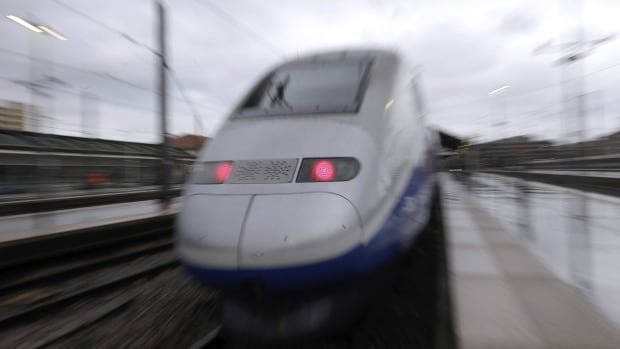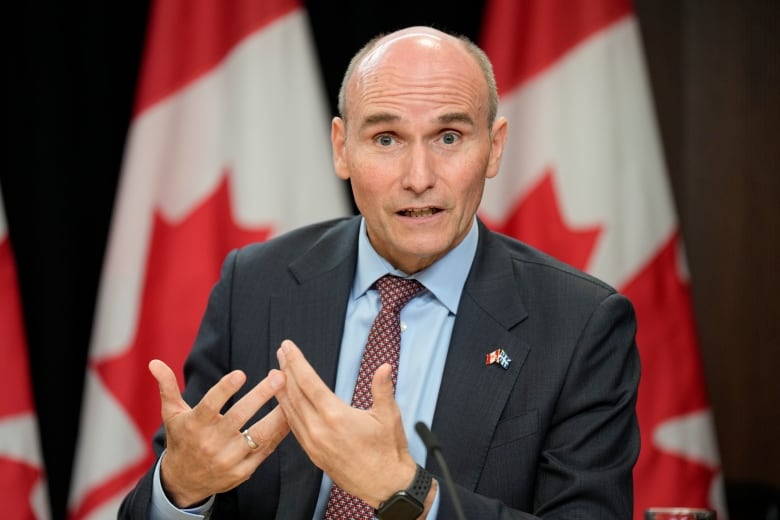
The federal government is “seriously” considering building the country’s first high-speed rail link between Quebec City and Toronto, says Public Services and Procurement Minister Jean-Yves Duclos.
Ottawa announced plans back in 2021 to build what it called a “high-frequency” (HFR) rail corridor with stops in Toronto, Peterborough, Ottawa, Montreal, Trois-Rivières, Laval and Quebec City. At the time, the government estimated the cost at between $6 billion and $12 billion.
The federal government identified three qualified bidders for the project last year. A spokesperson for VIA HFR, the VIA Rail subsidiary set up to oversee the project, said the bidders have been asked to provide the government with two options: a “conventional” rail network with trains reaching speeds of 200 km/h, and a network with trains reaching speeds “comparable to those of European trains.”

Duclos said Monday the government expects to name the successful bidder soon and to release more information about how the new rail corridor would work. His comments came after the Toronto Star reported the federal cabinet is considering high-speed rail for the corridor — trains that would travel faster than 200 km/h.
“Because the models that work best (for HFR) are quite close to a high-speed train … you can achieve quite fast trains even with high-frequency trains,” Duclos said.
“The next step is to go to a high-speed train and that’s an option which is being seriously considered.”
Via Rail trains operate at speeds of 60 to 120 km/h, depending on the rail segment. Its trains share tracks with freight cars, which have the right of way. The new rail link would operate on its own tracks, speeding up travel times.
“This would be a transformative project for Canadians, uniting almost half of the total population in Canada, because we’re speaking of the corridor between Quebec City and Toronto, and about 18 million people live in that area,” Duclos said.
Duclos acknowledged it will be some time before travellers can buy tickets; one estimate suggests the link would not be operational until the mid-2030s.
The project would be developed in phases and likely would undergo a federal environmental impact assessment and other regulatory reviews. After those assessments are completed and a project proposal is finalized, the government of Canada would make a final investment decision.
Canada is the only G7 country without high-speed rail. During the 2011 election campaign, Liberal leader Michael Ignatieff and NDP leader Jack Layton both committed to the megaproject.
VIA HFR has been signalling since the summer that it wants the sort of high-speed rail in use in much of Europe and elsewhere.
“Our project started as the high-frequency rail project. It has evolved considerably since then,” said Martin Imbleau, the CEO of VIA HFR. “So we are now focusing on speed and frequency.
“And speed means kilometres per hour and total travel time.”
The 1,000-plus kilometres of the corridor would be mostly electrified — a low-emissions travel option that could take thousands of cars off the road. It would pass through Ottawa and Montréal and the government is considering expanding service into London and Windsor.
Helluva Story27:00Where Did All The Trains Go?
When planes and cars became more popular in Canada, they were faster and way more convenient. Trains were left in their dust. But, what did we lose as a result? Producer Craig Desson goes on a journey to uncover why Canada went from being a leader in high-speed rail to a dearth in passenger trains.